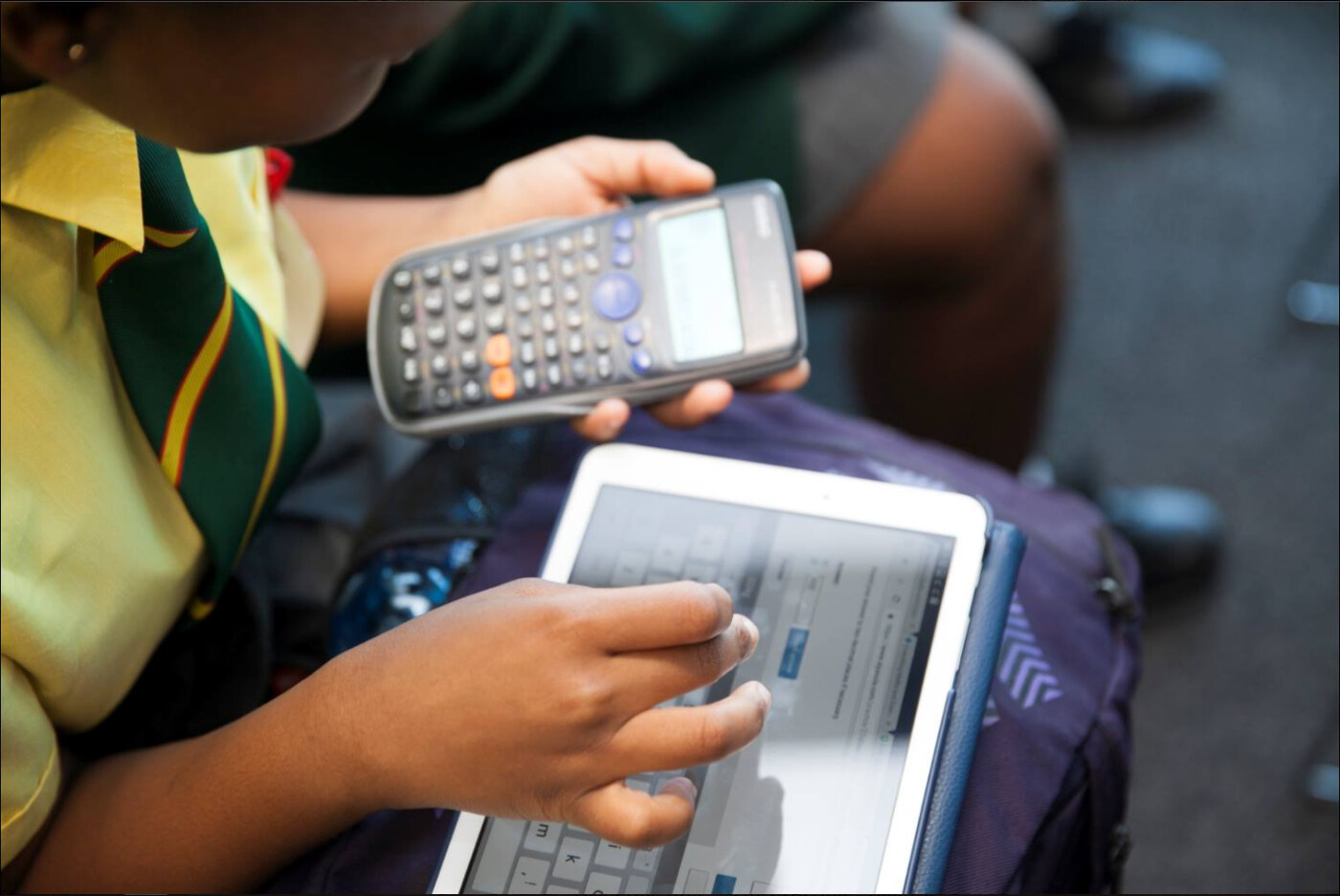The COVID fiasco has finally made the education sector become more flexible with EdTech taking away several learnings. New concepts such as mastery based learning and teaching through Hinglish, and teacher upskilling are helping education reach out to more students.
After the COVID debacle, several new ways of teaching and learning became acceptable, giving rise to the hybrid model of teaching, where online imparting of education goes hand in hand with physical classes.
Read more: Why India thrives as a mobile game nation vs. PC
The Tech Panda spoke to Sandeep Bapna, MD of Khan Academy India, to find out the EdTech sector’s learnings in a post-COVID landscape.

Sandeep Bapna
The pandemic brought to light the major divide that still exists in urban and rural India, particularly when it comes to accessing services such as online learning
He says that the Indian EdTech ecosystem has drawn several lessons from the COVID-19 outbreak, the most prominent of them being the need to expand accessibility to education beyond tier-1 and metropolitan markets.
“The pandemic brought to light the major divide that still exists in urban and rural India, particularly when it comes to accessing services such as online learning. The lack of digital literacy amongst students and educators is a major hurdle to ensuring a smooth migration between offline and online learning, as is the dearth of vernacular content to fulfill the learning needs of students not comfortable with English and Hindi as the language of instruction,” he says.
He acknowledges that leading players in the EdTech domain have risen to the challenge.
“We have seen a concentrated push towards content localization over the past two years, with existing libraries translated into regional languages to improve accessibility and learning efficacy,” he further states.
“Educator training was another area that we saw a lot of focus on, with EdTech companies focusing on everything from expanding teacher knowledge base to familiarizing them with using technology,” he adds.
With students and educators confined to homes for the better part of two years, there was a need to facilitate a seamless migration between offline and online learning environments
Another area that saw major developments was online-offline partnerships.
“Before the pandemic, EdTech companies in India had largely operated via their own platforms. However, with students and educators confined to homes for the better part of two years, there was a need to facilitate a seamless migration between offline and online learning environments. This led to partnerships between traditional brick-and-mortar education institutions and new-age EdTech companies,” he explains.
For instance, during the pandemic, Khan Academy India partnered with several state governments in states like Delhi, Punjab, Maharashtra among others and private organizations like Snapdeal, Zomato and others to facilitate access to education in rural India and the families of blue collared workforce.
Mastery-Based Learning & Its Future in India
With mastery based learning, students learn a particular concept and only then move on to more complicated ideas, in a rigidly linear progression, Alexei Vernitski, a senior lecturer at the University of Essex, says in The Conversation.
There is a reason why mastery-based learning is gaining popularity in countries such as China, Singapore, and the UK, says Bapna.
“Mastery-based learning addresses this blind spot through differential learning that focuses on mastering a subject. Any learning challenge is broken down as a factor of time and strategy; if a student is not able to master a concept, it is assumed that they either need more time or a different learning approach,” he says.
Educators are incentivised to identify the learning gaps for each student and to provide personalised support that can help them master the concept while catering to their specific learning needs and capabilities
“Educators are incentivised to identify the learning gaps for each student and to provide personalised support that can help them master the concept while catering to their specific learning needs and capabilities. By focusing on learning better instead of learning faster, students develop in-depth knowledge and conceptual understanding to tackle higher-level concepts with ease. This brings out the best in each student and helps them become the best versions of themselves, instead of trying and failing to live up to an arbitrary standard of excellence,” he explains.
As to the future need and relevance of this concept in India, the current state of its talent market speaks for itself, says Bapna. India produces some of the highest numbers of doctors, engineers, lawyers, and business professionals in the world.
And yet, according to the recent India Skills Report 2021, at least one in two higher education graduates from India are not considered employable by global standards, while the same holds true for at least three in four polytechnic graduates.
“For the youngest nation in the world, these are worrying statistics and, without a doubt, play a role in the unemployment crisis that has been burgeoning over the years. As a nation, we must address the root cause of this issue by introducing and enforcing mastery-based learning across all levels of education. We can truly educate and prepare the next wave of young students for the challenges and opportunities of tomorrow,” he advises.
The Demand for Hinglish Content in Today’s Education
Hinglish is fast becoming the trending language for learning of which the demand is huge and growing rapidly. Currently, about 20% of learning on Khan Academy happens in vernacular language and the most preferred languages are Hindi and Hinglish.
Bapna says they expect this growth in demand to continue in the future as more students and educators become familiar with the quality of content that Khan Academy offers and integrate the platform to supplement their learning.
From a language perspective, India is a unique market. English remains the aspirational language of the masses, while Hindi is the most widely spoken. Most people who are conversant in these two languages switch between the two
“From a language perspective, India is a unique market. English remains the aspirational language of the masses, while Hindi is the most widely spoken. Most people who are conversant in these two languages switch between the two,” he says.
“At Khan Academy India, we believe that recreating learning content in Hinglish – as well as other vernaculars – helps in breaking down the lingual barrier and simplifying the learning experience, so that students and teachers across the country can focus on conceptual learning,” he adds.
The Hybrid Model of Teaching
The hybrid model of teaching has become popular after COVID. While teachers play an essential role in any pedagogical model, their role in the hybrid model of learning has become, arguably, even more important, says Bapna.
“One of the reasons this has happened is the transformation in their core responsibilities. With technology unlocking newer pathways for students to pace their learning, explore knowledge, and understand concepts, teachers are evolving beyond being instructors in largely homogenous classrooms to becoming enablers and facilitators to each student. They are using technology to supplement and augment their own skills while identifying, appreciating, and aligning with the individuality of the learners in their charge,” he explains.
Read more: {Zoom in: MedTech} Ramping up elective care while dealing with deferred essential care
Khan Academy India has taken several steps to streamline this transition. For instance, its Coach Dashboard helps educators provide personalised attention to each student by mapping individual performance, learning progress, and potential challenges.
They can easily assign homework, increase engagement through videos, and access student reports through the dashboard. It also provides curated recommendations comprising exercises, solutions, and teaching approaches to help students overcome their unique learning challenges and address potential learning gaps in the making.











